I liked the idea of Jankuary when the first posts appeared, and started wondering what I could use. Ideally without buying anything! I considered my early Fujifilm bridge camera, but after using it a bit decided it wasn’t janky enough… I mentioned the project to my dad, who thought about it and asked if I still had this camera, which to be honest I had completely forgotten about.
Introducing the Complete Digital Highresolution Camera System.
Ahem…
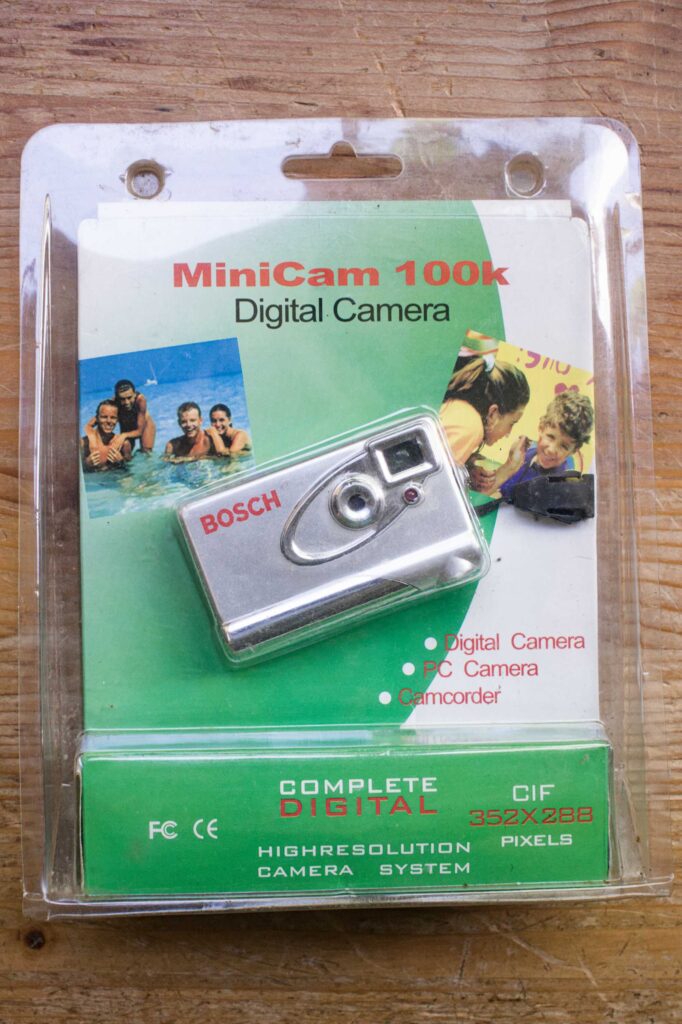
It was in fact the very first digital camera I ever owned, and came free in 2004 (I think) as a promotional item with a Bosch power tool, an electric drill if I remember right. As you will have gathered, I do indeed still own it, and surprisingly for me it wasn’t even hard to find!
I popped a AAA battery in (just one!), and found it still worked.
100 kilopixels. Wow…
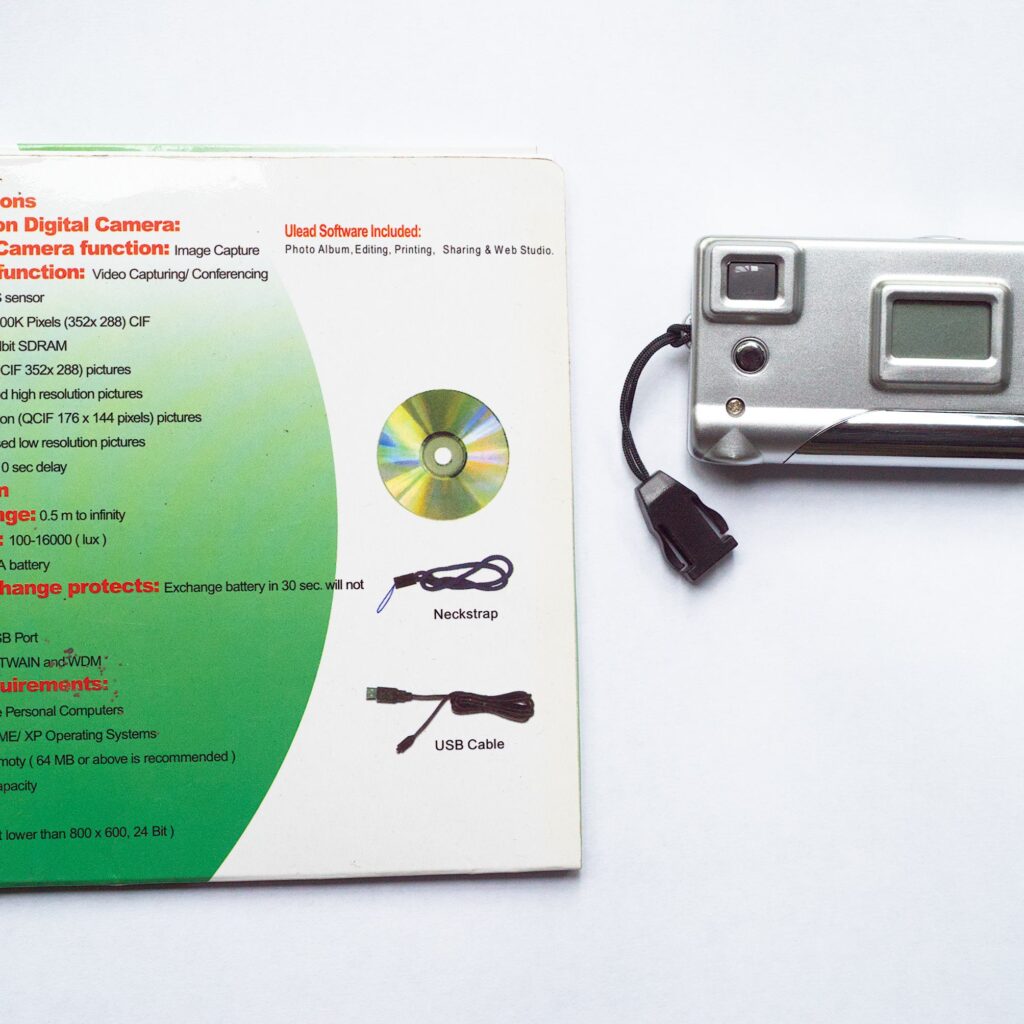
It has no card slot and the images (all 19 of them!) are stored in volatile memory so they are lost when the battery goes flat or is removed. Quite anachronistic in today’s world.
To transfer images to a computer, you use a USB cable – with a rather peculiar plug at the camera end – but it doesn’t conform to normal modern USB standards, so to the to the best of my knowledge, the specific drivers and software are a must.
Now… that was designed for Windows XP or earlier, but I tried installing it on my Windows 11 PC, with a predictable lack of success however.
I posted about the camera and my problem on the discuss.pixls.us forum and had a few suggestions, one being to install Windows XP in a virtual machine. That was something I’d never done before, but after a bit of research I decided to give it a go. I used my laptop running Q4OS (Debian based lightweight Linux distro) and set up VirtualBox on it, then after some hunting found a copy of Windows XP Pro complete with serial code.
The install actually went pretty smoothly – VirtualBox does a good job of tricking Windows XP into thinking it’s installing onto a real XP-era machine. Love the XP startup/shutdown sounds too!
A bit more configuration was needed to get the USB port ‘passthrough’ to the virtual machine to work, but I was then able to install the original camera software successfully from a USB stick. Good.
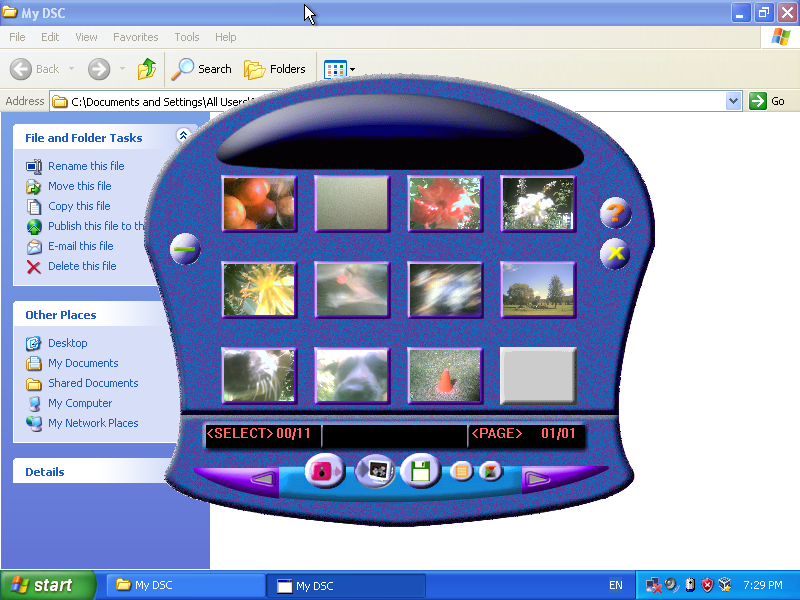
Even better… when I plugged the camera in, the software was able to communicate and download the images, in all their low-res, lo-fi glory!
TBH, this level of lo-fi is a step too far. Fun, but hard to imagine any images that would be the better for being shot with this camera. But as a subject for Jankuary? Fits the bill I think…
The first of my 5 frames is a stitched panorama… which was surprisingly hard to stitch. I think the low resolution makes it hard for software to find points to align. My usual favorite software, Microsoft ICE, metaphorically threw it’s hands in the air and gave up, but the rather new – and free – app, Xpano, was able to stitch it in two parts which I then merged manually in GIMP. Not perfect. But then nothing about this camera is.

The rest are straightforward snaps, of, to be honest, not very exciting subjects. I seem to find this quality level a little uninspiring.
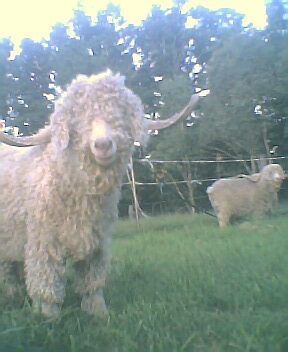

On the day I submitted this, I spent a couple of hours exploring Parliament House in Canberra, the home of the Australian national government, and this is the subject of the title image and the last frame. I felt a little weird using that tiny camera! This is part of the entrance hall of Parliament House, viewed from the gallery.
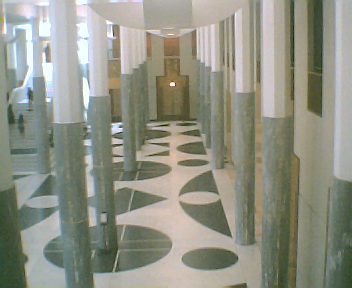 In conclusion, all I can say is that I’m glad I have better cameras to use – but it’s nice to have a little reminder of what giveaway “noughties” technology was capable of.
In conclusion, all I can say is that I’m glad I have better cameras to use – but it’s nice to have a little reminder of what giveaway “noughties” technology was capable of.
I think…
Thanks for reading!
Share this post:
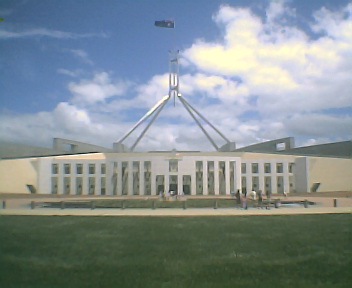








Comments
Robyn on 5 Frames with the MiniCam 100k – My Jankuary project
Comment posted: 14/02/2024
Comment posted: 14/02/2024
Scott Gitlin on 5 Frames with the MiniCam 100k – My Jankuary project
Comment posted: 16/02/2024